22 Views· 10/04/22· Pets & Animals
Herbal Pet Care - How To Use Natural Medicines For Your Furry Friend!
6
0
109 Subscribers
Join Herbalist, Naturopath, and Veterinarian Doc Jones in Learning How to Use Natural Herbal Remedies To Improve The Lives Of Your Animals.
https://herbpet.comhttps://homegrownherbalist.net
If you wanna double support this content, consider a channel membership from a homegrown herbalist:https://www.youtube.com/channe....l/UCQaTjA3oQb3Wm1ouU
Show more
Film & Animation
Business
Pets & Animals
Sports
Travel & Events
Motivation
People & Blogs
Alternative Medicine
Digital Marketing
News & Politics
How-to & Style
Non-profits & Activism
Super Cars
Education
Health and Wellness
Beauty
Mentoring
Ecommerce
Religion
Crypto Currency
Stocks and Trading
Real Estate
Lifestyle
Other
Up next
Film & Animation
Business
Pets & Animals
Sports
Travel & Events
Motivation
People & Blogs
Alternative Medicine
Digital Marketing
News & Politics
How-to & Style
Non-profits & Activism
Super Cars
Education
Health and Wellness
Beauty
Mentoring
Ecommerce
Religion
Crypto Currency
Stocks and Trading
Real Estate
Lifestyle
Other
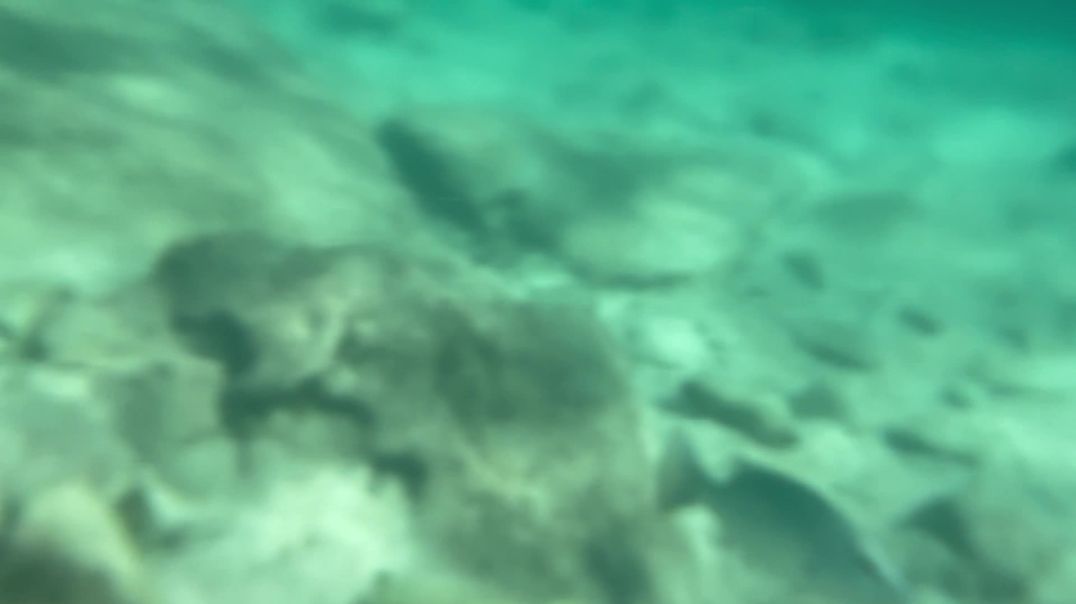



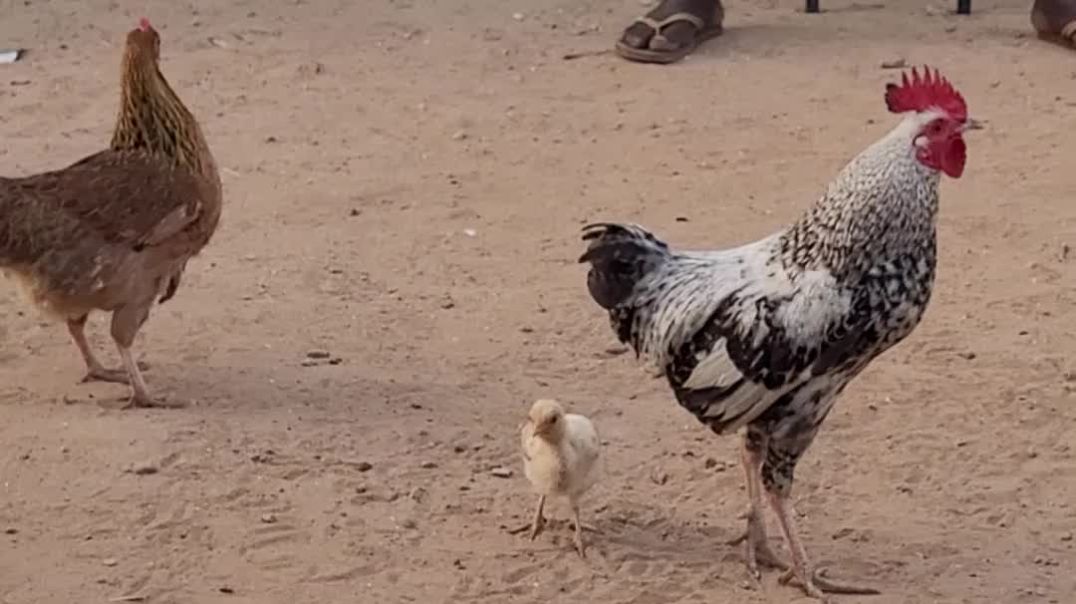

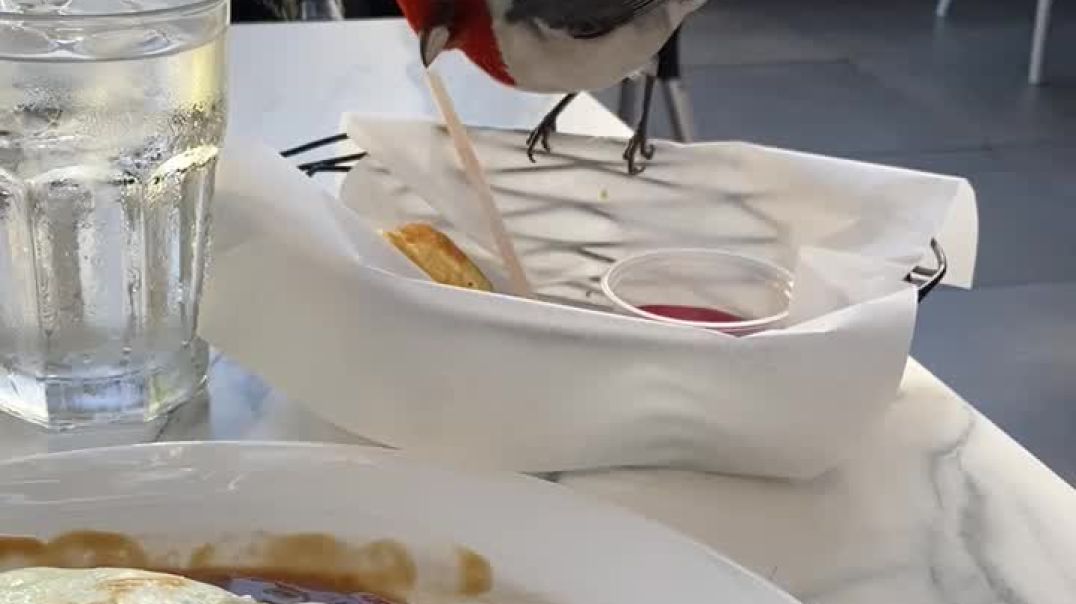
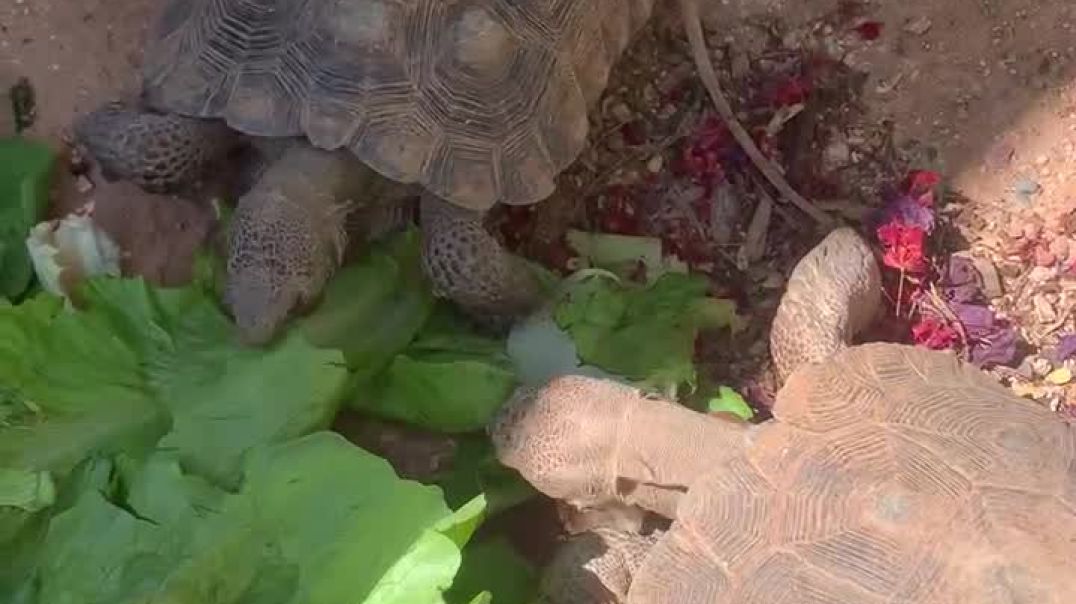
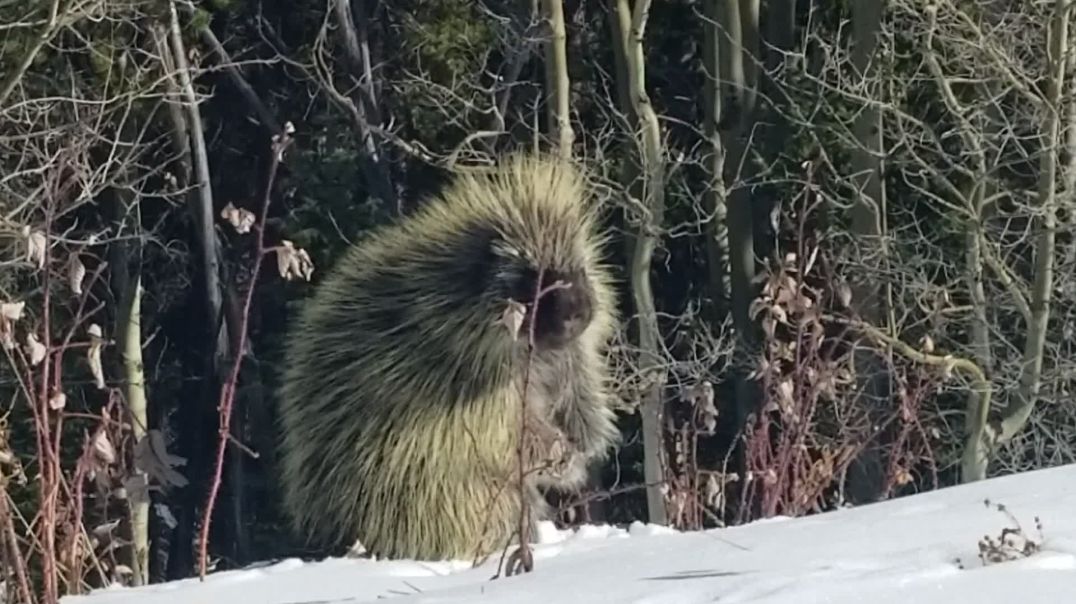
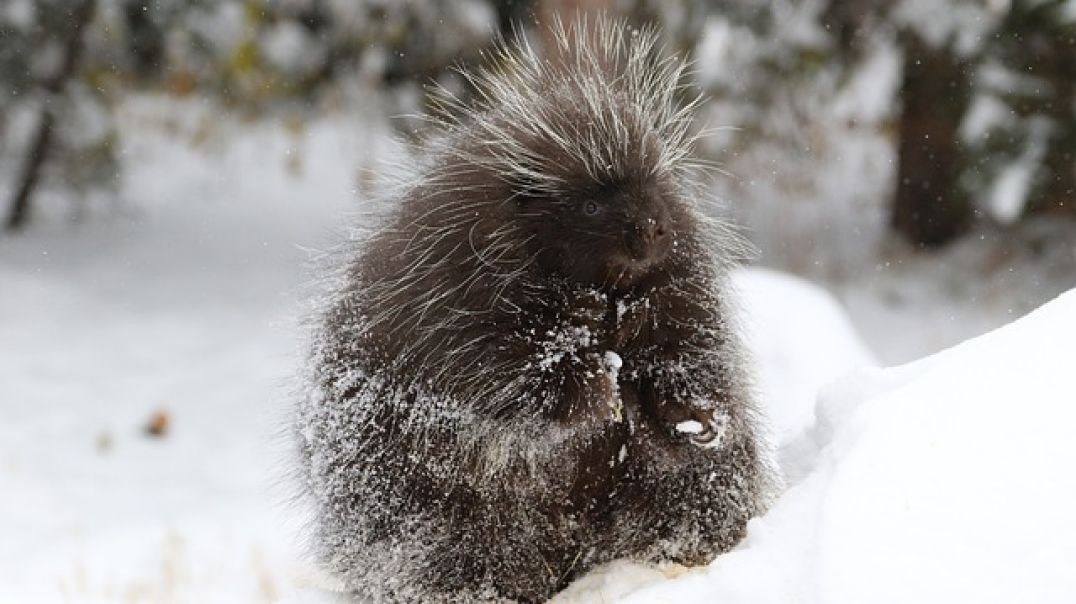










1 Comments
Colorsntrees
3 years agoDena Thorp
3 years agoColorsntrees
3 years ago